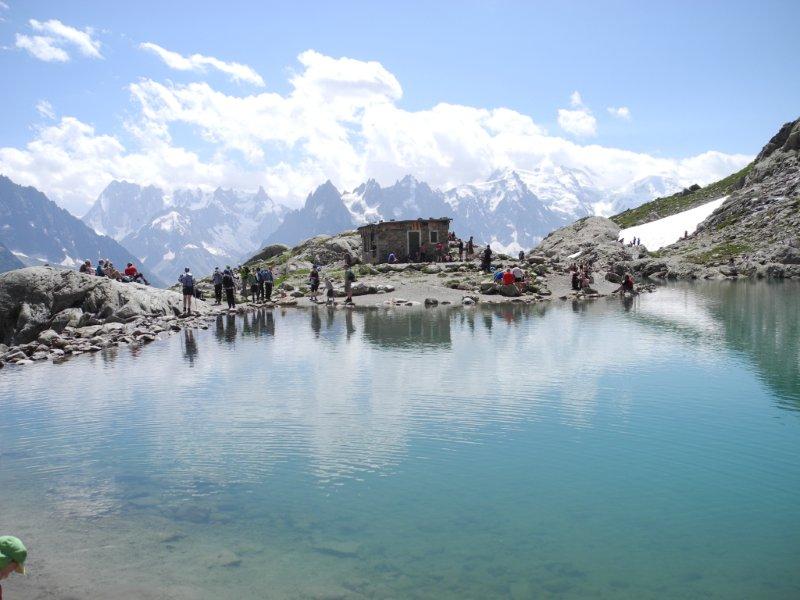
What is it?
The word "environment" covers all naturally occurring things on Earth. Animals, chemicals, plants and minerals all count as part of the environment, which has incredible variety depending on the climate of the area in which it is found.
What does it involve?
The environment of earth includes a huge variety of genres, but in general use the word refers to the features of the landscape and the animals and plants most likely to be found in certain areas. Learning about the environment involves disciplines such as science, history and evolution, and as the environment is constantly changing, as does the study of it.
Why do it and what are the benefits?
Learning about the environment should be something all students take part in at some point, as respect for the planet and its natural resources are essential in maintaining it. The subject of the environment can cover many sub-topics, and it's a great way of understanding more about how things were in the past and how they developed into our current day situation; it's also a thought provoking subject in regards to the future of the planet.
What equipment do we need?
Simple observation and appreciation of the environment requires very little if no equipment whatsoever, but further study can involve more scientific methods of research where certain things may be needed. For beginners into environmental research, some information, a willingness to learn and curiosity are all that should be needed.
Who is it suitable for?
The environment is important for all ages to learn about and respect. Students both young and old will benefit from understanding what goes on around us a little more - for example, explaining why littering is bad to young children can go a long way!
Costs?
Depending on what sort of thing you do and where you go, costs of environmental studies can range anywhere from completely free upwards! Many natural parks will charge an entry cost for upkeep, for example, but the actual examination of the environment costs nothing.
Issues/Things to think about? (unsuitable for age groups, medical conditions etc)
You should ensure that the activity can engage the students appropriately! Younger students will need more to occupy them than older students will, and you should always have appropriate supervision for groups of children when taking them outside into unfamiliar territory.
How do we include?
Full inclusion will depend on the type of the activity. For example, venturing outside into rough terrain will hinder those with physical disabilities; make sure that whatever you plan is appropriate for everyone in your student group.
Doing it abroad?
The environment abroad will be great to study for those who are interested in the topic. You can see animals, landscapes and plants that you never would in the UK, and could be an invaluable experience for many.
Main website:
Consult individual venue websites to see more information about their environment and any acitivies they provide.




